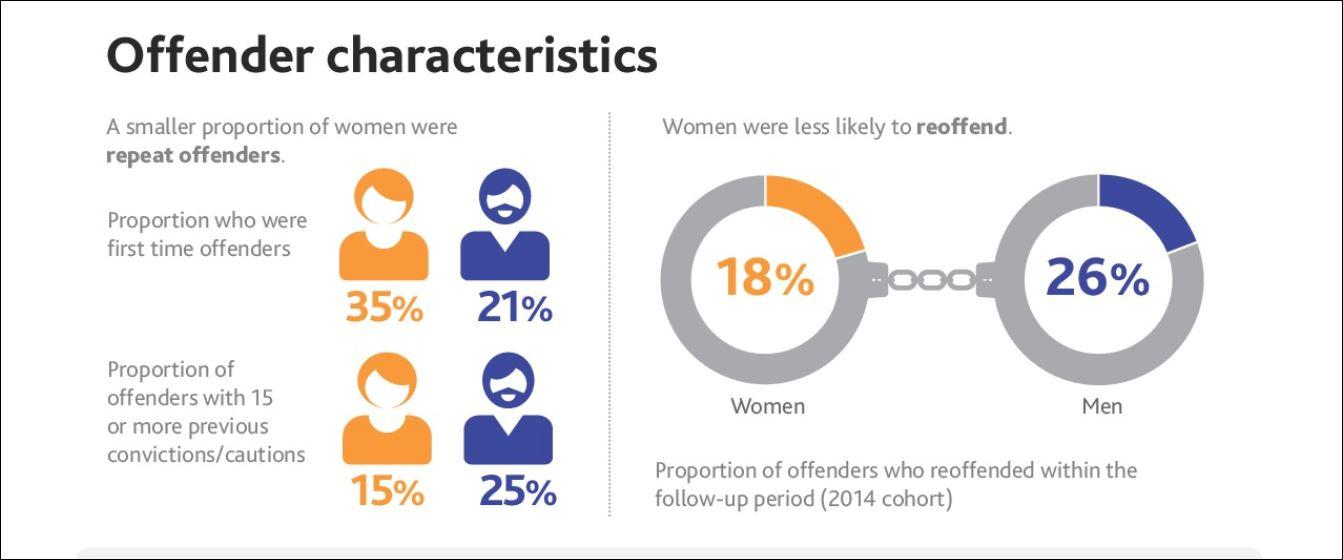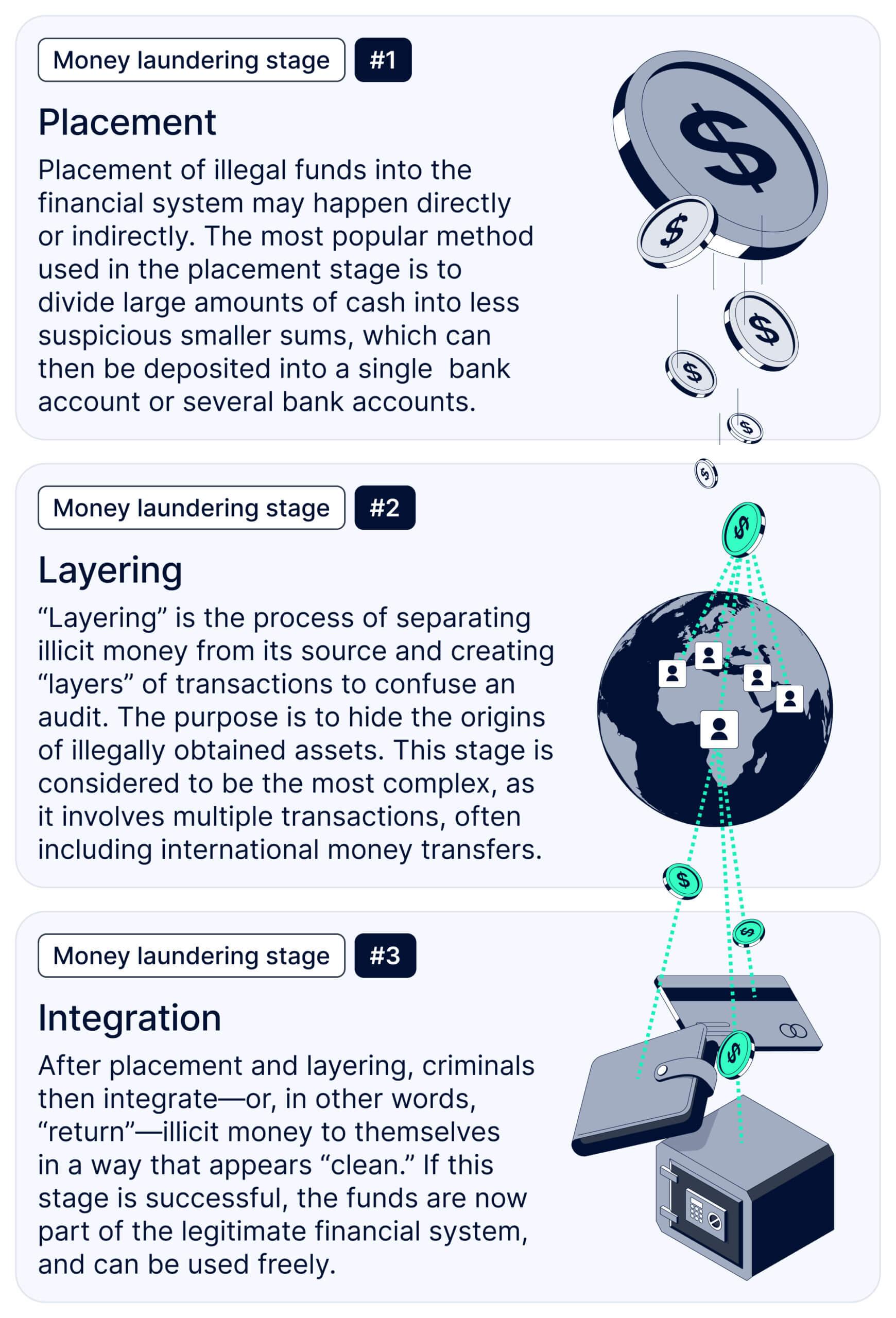Few true crime cases have captivated the public’s imagination quite like the chilling tale of Elizabeth Short—better known as the Black Dahlia. Over seven decades later, her brutal murder remains one of Hollywood’s darkest unsolved mysteries. The shocking nature of the crime, combined with the eerie aura surrounding Elizabeth herself, has sparked endless theories, investigations, and pop culture retellings. But who really killed Elizabeth Short? Join me as we dive into this tangled web of mystery, trying to piece together the clues and uncover what might—or might not—lie beneath the surface of one of history’s most haunting cold cases.
Table of Contents
- The Enigmatic Life of Elizabeth Short Before the Tragedy
- Key Suspects and Theories That Still Baffle Investigators
- Unsolved Clues and New Evidence That Could Rewrite History
- What Modern Forensics Can Teach Us About This Cold Case
- To Conclude
The Enigmatic Life of Elizabeth Short Before the Tragedy
Before Elizabeth Short became immortalized as the haunting figure known as the Black Dahlia, her life was a mosaic of restless moves and elusive dreams. Born in Boston and raised mostly in California, Elizabeth was a young woman seeking fame and fortune in Hollywood, yet her path was anything but straightforward. Close friends and acquaintances have described her as enigmatic—simultaneously charming and secretive, with an edge of vulnerability that hinted at deeper struggles. Her circle included a mix of soldiers, aspiring actors, and artists, but she guarded her true self carefully, leaving many to wonder about the shadows behind her radiant smile.
What makes her story even more intriguing is the scattered glimpses into her life that reveal patterns of both light and darkness. She pursued modeling, often frequenting jazz clubs and late-night spots, where the line between admiration and danger frequented dangerously close. Some facts that puzzle researchers and enthusiasts alike include:
- Her flirtations with Hollywood’s elite—did she get close to breaking in or was she simply chasing a fading dream?
- Strange disappearances that disrupted her relationships and added layers to her mysterious reputation.
- Cryptic entries in personal diaries hinting at despair, hope, and an unspoken fear.
These fragments paint a portrait of a woman who was both a seeker and a secret keeper—a complexity that continues to fuel fascination and fuels the enigma that surrounds her untimely death.
Key Suspects and Theories That Still Baffle Investigators
Over the decades, a myriad of suspects have emerged in the haunting case of Elizabeth Short, each adding layers of intrigue and frustration for investigators. Among the most talked about is Dr. George Hodel, a Los Angeles physician whose son later alleged his father’s involvement in the crime. Then there’s Mark Hansen, a nightclub owner who was one of the last people to see Short alive. His connection to the Hollywood nightlife and possible ties to organized crime make him a chilling figure in the narrative. Not to be overlooked are the numerous rumored military men and transient drifters who vanished into obscurity, their true stories forever hidden behind a veil of hearsay and speculation.
Meanwhile, theories about the motive and method behind the gruesome murder continue to challenge logic and fact. Some experts suggest the killer was highly skilled in anatomy, hinting at a medical professional or butcher, which aligns with the precision in the dismemberment. Others propose a ritualistic slant or a crime of passion, pointing to the mutilations as symbolic rather than practical. What truly boggles minds is the chilling theory that the murder was meant as a spectacle, deliberately staged to shock and taunt law enforcement, a sinister move designed to keep the mystery alive for generations. The lack of concrete evidence ensures the story of Elizabeth Short’s demise remains an eerie puzzle — an enigma that continues to haunt the city of angels.
- Dr. George Hodel – The enigmatic physician with alleged dark secrets.
- Mark Hansen – The nightclub owner with a shadowed past.
- Unknown transient suspects – Shadowy figures lost to history.
- Theories – From ritualistic killings to medical expertise and sensationalism.
Unsolved Clues and New Evidence That Could Rewrite History
Decades after Elizabeth Short’s brutal murder shocked Los Angeles, the case remains shrouded in tantalizing mysteries. Among the most perplexing are cryptic letters sent to the press, supposedly from the killer, which some experts now speculate might have been a prank or a deliberate misdirection. New forensic techniques, including enhanced fingerprint analysis and DNA profiling of preserved evidence, offer fresh hope that these ambiguous clues could finally lead to a breakthrough. Meanwhile, witness accounts paint a murkier picture than once believed, suggesting there may have been multiple suspects rather than a lone culprit.
Recent revelations also hint at possible police cover-ups and withheld documents, reigniting questions about the integrity of the original investigation. Researchers have uncovered a set of previously classified files listing potential leads that were never fully pursued, including connections to Hollywood figures and clandestine underground networks. Key points fueling this evolving perspective include:
- Unexamined forensic evidence stored for decades, now primed for modern testing.
- Still-unknown identities of individuals seen with Elizabeth on the nights before her death.
- New witness statements coming forward, decades later, with fresh insights.
Could these pieces of the puzzle finally come together to rewrite what we know about the Black Dahlia murder? It’s a question that keeps investigators and enthusiasts alike gripping their seats, hopeful for answers long overdue.
What Modern Forensics Can Teach Us About This Cold Case
Decades after Elizabeth Short’s tragic death, modern forensic technology offers fresh angles that could potentially crack this infamous cold case wide open. Unlike the rudimentary tools of the 1940s, today’s forensic teams wield high-precision DNA analysis, digital crime scene reconstruction, and advanced chemical profiling — techniques that can unearth evidence once thought irretrievably lost. For example, DNA extracted from preserved physical evidence or personal belongings could identify suspects or link them to other unsolved crimes, revealing connections that old-school investigators simply couldn’t detect.
The integration of computerized facial recognition, enhanced timeline mapping, and even machine learning algorithms applied to witness statements and police reports shines a new light on inconsistencies or overlooked patterns. These innovations allow experts to methodically reexamine the case with unbiased data-driven perspectives. By blending cold case archives with breakthroughs in forensic science, there’s renewed hope that some of the lingering mysteries surrounding Elizabeth Short’s life and death might finally be answered. In essence, modern forensics transforms historical confusion into a structured investigation tool, giving this decades-old enigma fresh relevance and urgency.
- DNA profiling: Unlocks possible suspects with biological evidence
- Digital reconstruction: Recreates crime scenes to visualize events in 3D
- Algorithmic analysis: Detects hidden patterns in witness accounts and case files
- Chemical residue testing: Reveals substances or toxins undetectable in the past
To Conclude
As we peel back the layers of the Black Dahlia mystery, the questions only seem to multiply. Who was Elizabeth Short beyond the chilling headlines? And more hauntingly, who silenced her forever? Despite decades of theories and investigations, the truth remains just out of reach—an enigmatic shadow in the dark corners of Los Angeles history. Maybe one day, new evidence or fresh eyes will finally crack the case wide open. Until then, the Black Dahlia continues to captivate our curiosity, reminding us how some mysteries refuse to be forgotten. What do you think happened that fateful night? Share your thoughts below—because every clue, every theory, keeps Elizabeth’s story alive.











